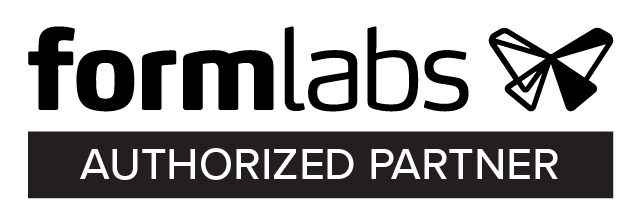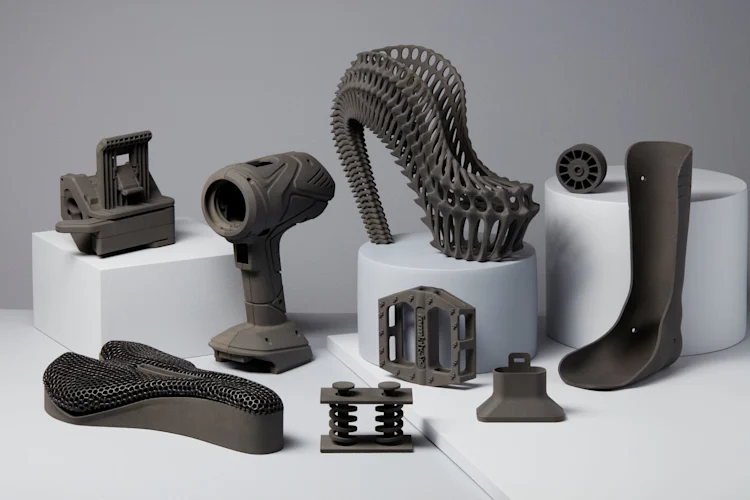SLS 3D Printer
Selective laser Sintering is a 3D printing process that works on the principle of melting layers of polymer powder to achieve a complete part. Within a heated and accurately temperature-controlled build chamber a fine layer of powder, typically Nylon, is spread onto the build platen before a high-powered laser traces the profile of an individual part layer. A fresh layer of powder is spread across the build area and the process continues until the part is complete.
Building Models with SLS
Parts being built require no support structure as the un-sintered powder surrounding the model supports it during the build achieving a much more even surface to the part. With an SLS 3D printer, each subsequent pass of the laser then results in the particles fusing together. The platform lowers, another layer of powder automatically gets added and the process is repeated. Once the part is complete, the build chamber cools down and enables the model to be extracted. The cooler the part on removal the less likely the optimal mechanical properties will have been compromised, thereby avoiding warping.
Efficient Powder Recycling
The excess powder is removed from the part and, where suitable, recycled along with fresh powder ready for the next build. At this stage, compared to other additive manufacturing technologies, there is less post-processing required due to SLS 3D printers using the unsintered powder to support the part during the build. This method also makes it ideal for designers needing to create complex geometries, or where the surface finish of the part needs to be consistent
Powder for Selective Laser Sintering
Nylon is the powder supply most typically used in SLS 3D printing. Suitable for end-use parts as well as functional prototypes, this engineering thermoplastic offers environmental stability while achieving excellent results for complex assemblies and durable parts. The parts are very robust – withstanding a high degree of wear and tear – and impact resistant. Due to the biocompatible nature of the material, non-sensitising nylon is also suitable for applications such as eyewear and is resistant to UV, heat, moisture, light, solvents and temperature. This method of additive manufacturing (AM) is utilised by engineers and manufacturers in many industries due to the affordability of the equipment, with parts produced at comparatively low cost – in volume or small-batch.
In Reach for all Businesses
Affordable material and the reduced equipment cost have resulted in Selective Laser Sintering 3D printing becoming increasingly within reach of a wider range of industries. The competitive pricing, as well as advances in materials and software, brings independent manufacturing to many businesses requiring functional prototyping.
Formlabs SLS Printer
Formlabs has its own Selective Laser Sintering printer, the Fuse 1 with the Fuse Sift alongside for powder recovery. Recycled powder drastically reduces the operating costs with only around 30% of new powder required for each build. Efficient powder recovery means all the unused powder from the previous print is mixed back with new material in the powder recovery station – Formlabs Fuse Sift. As well as being easy to use hardware, the Formlabs Fuse 1 benefits from the patent-pending Surface Armor technology, a semi-sintered shell that prints around the surface of the part which provides the parts with competitive mechanical properties and surface finish.


